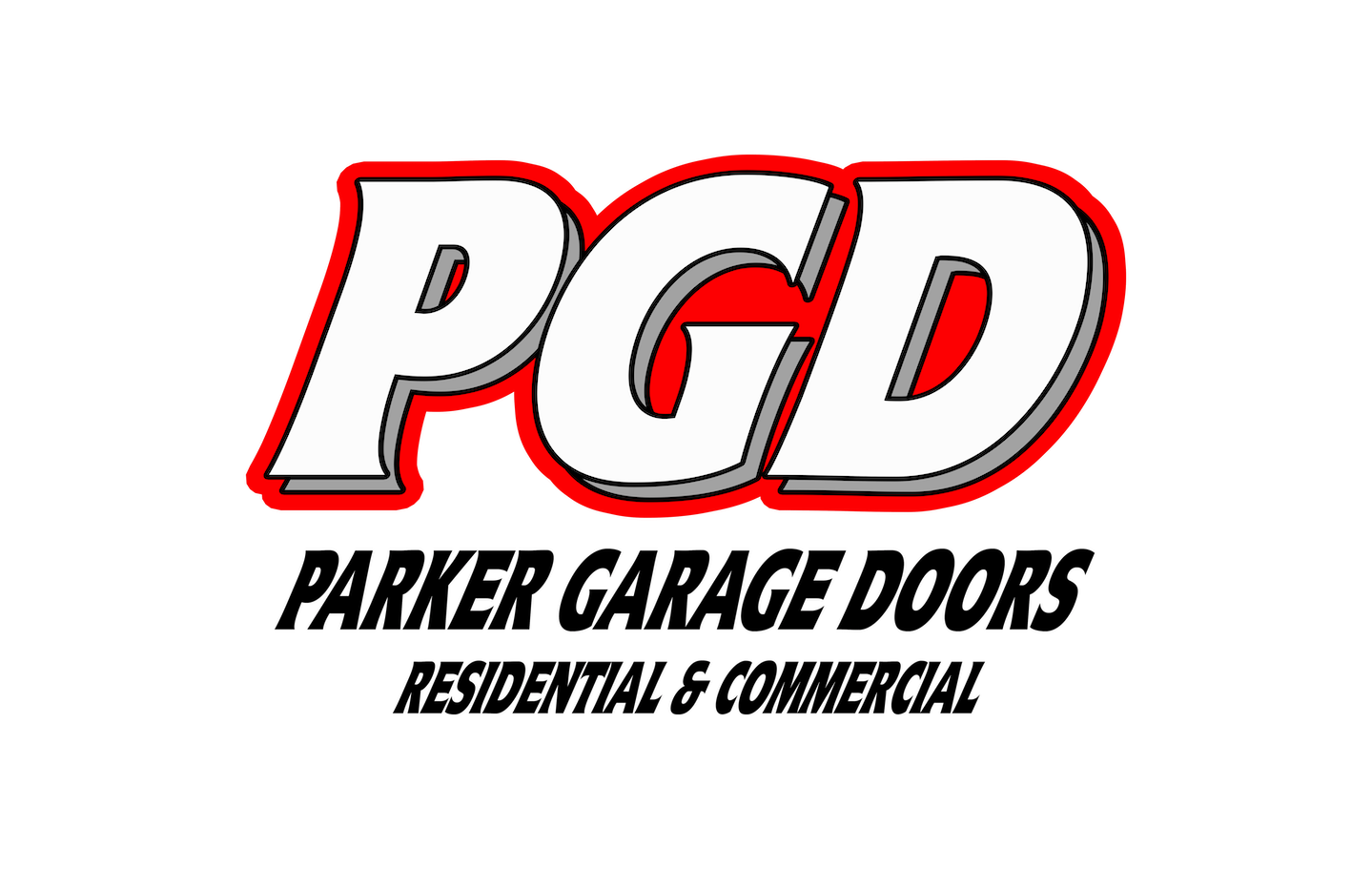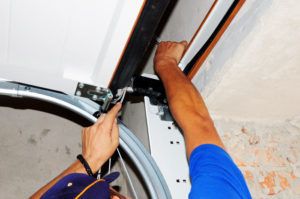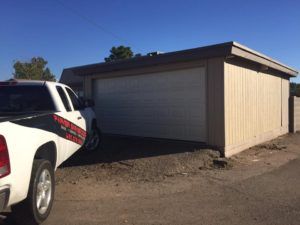
Parker Garage Doors is your trusted expert in garage doors, entry doors, and security gates. We provide high-quality installation, repair, and maintenance services to ensure your home or business stays secure and stylish. With a wide range of durable and attractive door solutions, we help enhance your property’s safety and curb appeal.

 If you live in the Phoenix area, then you are living in a home that was built in the 1950’s. Many of those homes come with a carport instead of a garage. Most of these homes have single or a double carport.
If you live in the Phoenix area, then you are living in a home that was built in the 1950’s. Many of those homes come with a carport instead of a garage. Most of these homes have single or a double carport.